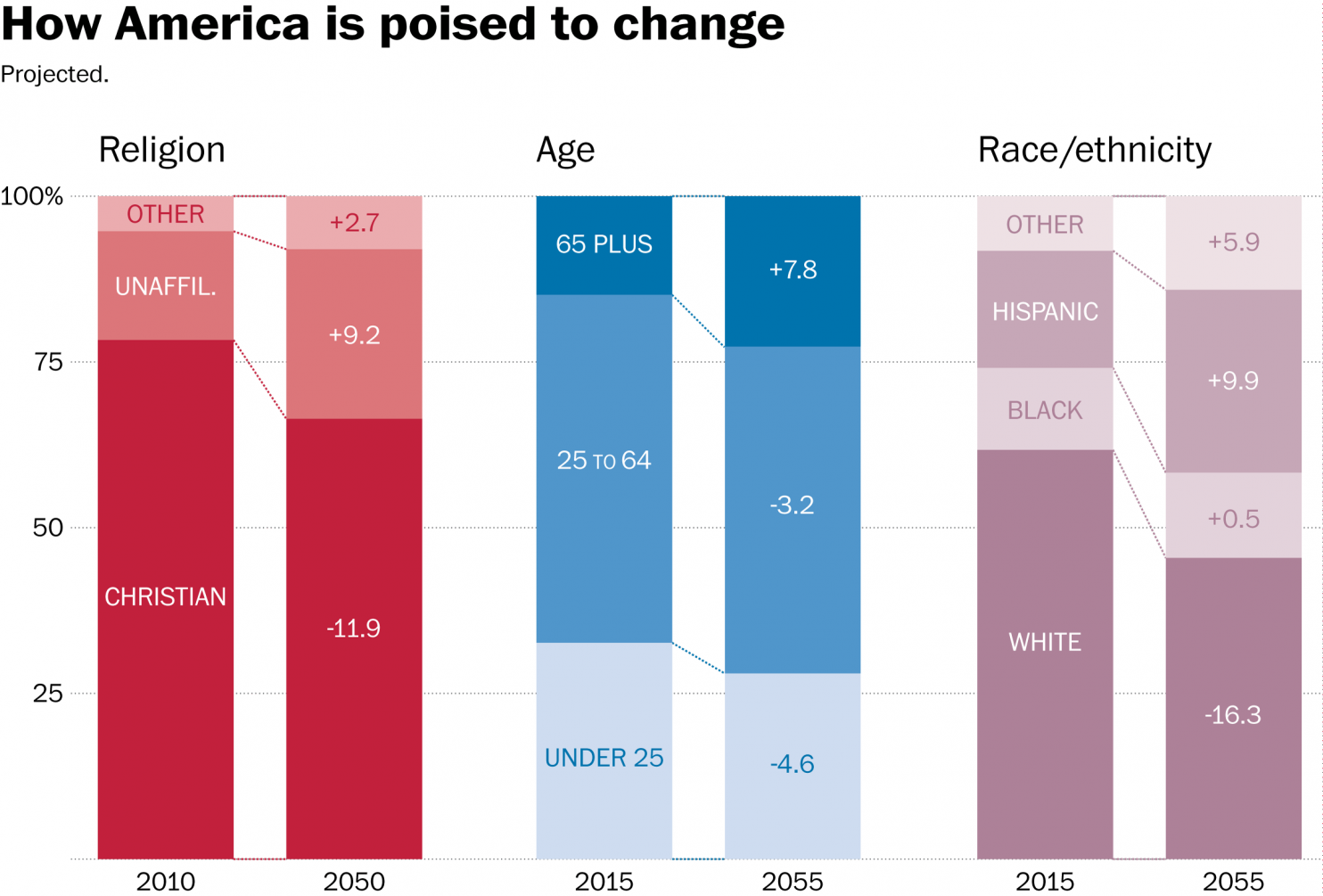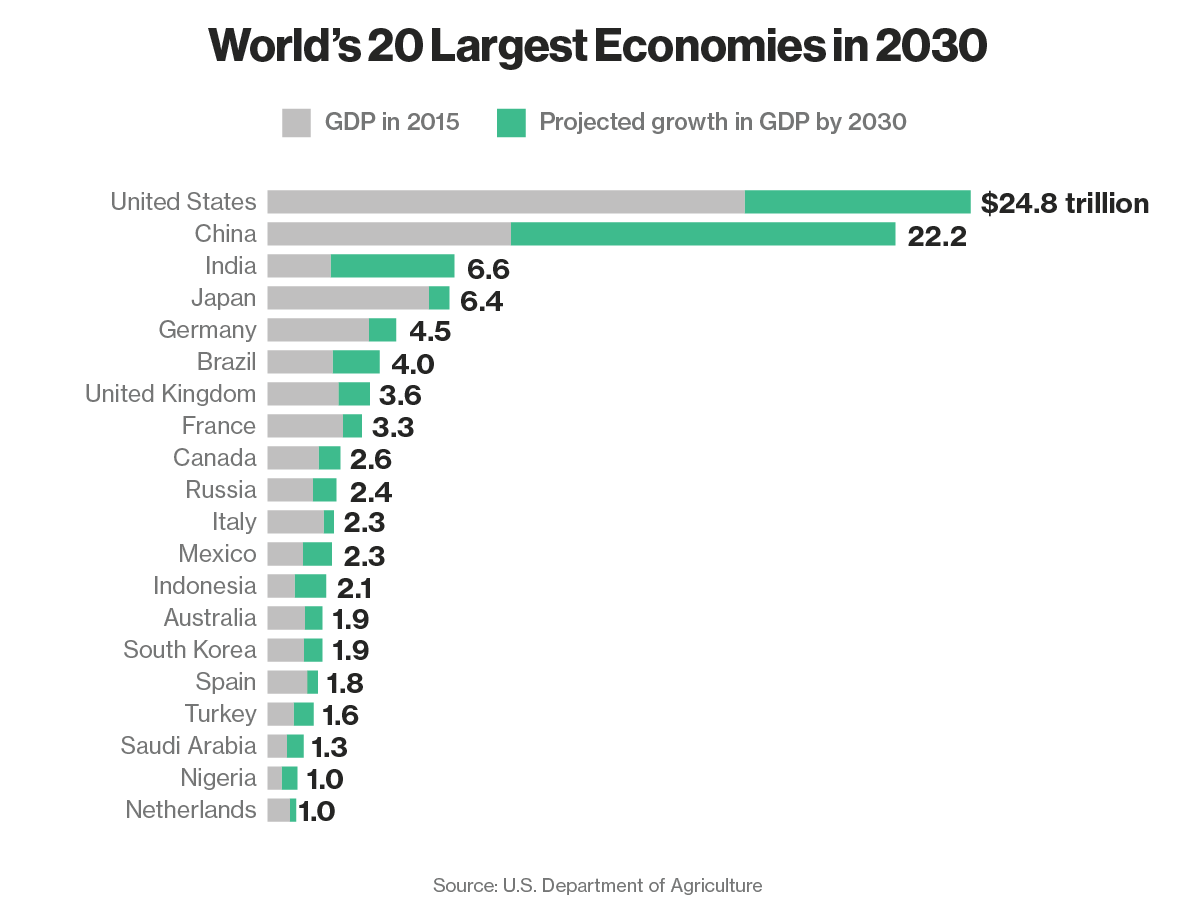WEBINAR: HR Analytics for Everyday HR and Talent Pros
So by now someone in your organization, maybe even you, is going on and on about data and Big Data and analytics and maybe even predictive analytics being the future of HR and talent management. Seven out of ten surveys say as much, so it must be true, right? A quick Google search of "HR analytics' turns up just north of 14 million results. So it seems like everyone in HR has or will be talking about how important analytics are to the functions.
But in the words of the immortal Al Czervik in Caddyshack, 'So what?'
What does the HR analytics revolution mean for you, the average, working, front-line HR/Talent pro?
Well glad you, or really I asked. Because my friends over at Fistful of Talent are there to help answer this and many more questions on HR Analytics with the next installment of the FREE FOT Webinar entitled The New HR Math: Dumbing Down HR Analytics for Everyday HR and Talent Pros, (sponsored by HireVue, a company that gets predictive analytics at a whole other level) on May 27, 2015 at 2PM ET.
The smarty-pants geek kids over at FOT will hit you up with the following:
- 5 HR and Talent Analytics you should stop measuring immediately! You know what looks really bad to your leadership? When HR is using the old math, and everyone else is using the new math!
- 5 HR and Talent Analytics you should start measuring immediately! Don’t be that parent fighting the good fight, ostracizing your kid from society by not allowing them to use the new math skills! We have the new cool measures you really need to be using in HR and recruiting today
- 3 Best Practices every HR and Talent Acquisition shop can do right now with their analytics. You now know what the numbers are, but what the heck are you supposed to do with them? Fear not, Tim and Kris watched every YouTube video possible on the new math, they can show you the way!
- A primer on what’s next once you start using these Predictive Analytics. Since you specialize in people, you naturally understand the move to using analytics that helps you predict the future is only half the battle—you have to have a plan once the predictions are made. We’ll help you understand the natural applications for using your predicitive analytical data as both a hammer and a hug—to get people who need to change moving, and to embrace those that truly want your help as a partner.
You’re a quality HR pro who knows how to get things done. Join FOT on May 27th at 2pm ET for The New HR Math: Dumbing Down HR Analytics for Everyday HR and Talent Pros, and we’ll help you understand how to deploy the "new-math" principles in HR that allow you to use predictive analytics to position yourself as the expert you are.

 Steve
Steve



